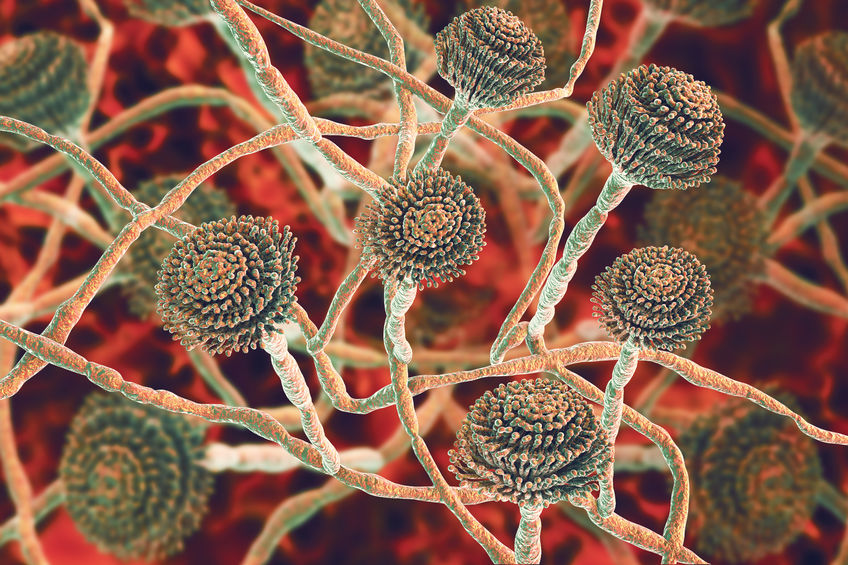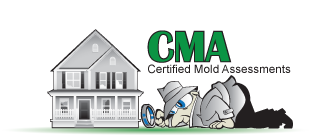How Does Mold Affect the Lungs?

Signs of Mold in the Lungs
- Allergic Reactions
Individuals suffering from cystic fibrosis or asthma may experience severe allergic reaction to mold in the lungs. They may develop a fever or cough that brings up plugs of mucus or blood. It may also worsen asthma symptoms causing life-threatening conditions. Dryness within the nasal passages may occur because of persistent coughing caused by allergic reactions in the lungs.
- Shortness of Breath
People with serious mold allergies may suffer from shortness of breath. Too much accumulation of mold in lungs can block the air sacs that help to transport oxygen into the blood and other major organs in the body. This reduces the lung capacity to hold enough air that can lead to shortness of breath. Unlike a healthy individual, you may be forced to breathe faster than usual to compensate the amount of air required by the body.
- Aspergilloma
Chronic lung conditions such as tuberculosis, emphysema or advanced sarcoidosis can lead to the formation of cavities or air spaces in the lungs. When fungus fibers find their way into the existing cavities, they start to grow and reproduce into tangled masses known as aspergillomas. It may start with a mild cough and can worsen underlying chronic lung conditions if you do not receive early treatment.
- Acute Pain in the Lungs
A lung infection can occur when you are exposed to mold for a long time. It causes a debilitating disease that disrupts the normal function of lungs. The body’s reaction to the toxins produced by mold spores can cause permanent scarring of the lung tissue. This may cause the body to develop an allergic reaction that causes pneumonia-like symptoms characterized by acute pain that is felt in the lungs when breathing.
- Invasive Aspergillosis
This is a severe form of aspergillosis. It occurs when the infection in the lungs spreads rapidly to other major organs of the body such as the brain, kidneys, heart or skin. Invasive aspergillosis is common in people with immune systems that are compromised because of bone marrow transplantation or cancer chemotherapy. Skin lesions, fever, chills, and hemoptysis often characterize this condition.
When to See the Doctor
It is possible to mistake your symptoms for a cold, flu, asthma or pneumonia. It is important to help your doctor make the right diagnosis by disclosing any information of whether you were exposed to mold. As soon as you notice any of the above symptoms, it is imperative that you seek immediate medical help as it can lower the chances of serious infection. Mold in the lungs can cause other serious health problems in the future, if it is not addressed in time. During your visit, your doctor may perform several tests to confirm or disprove a diagnosis. Blood tests are used to measure your immune system’s response to mold and a skin prick test is used to check reactions to common allergens.
It is important to take precautionary measures to prevent exposure to mold. Stay away from places that you are likely to be exposed to mold. Lung infections can develop into life-threatening conditions if no proper treatment is provided. If you experience any symptoms related to mold-illness, it is advisable to seek immediate medical attention to prevent your symptoms from worsening.
